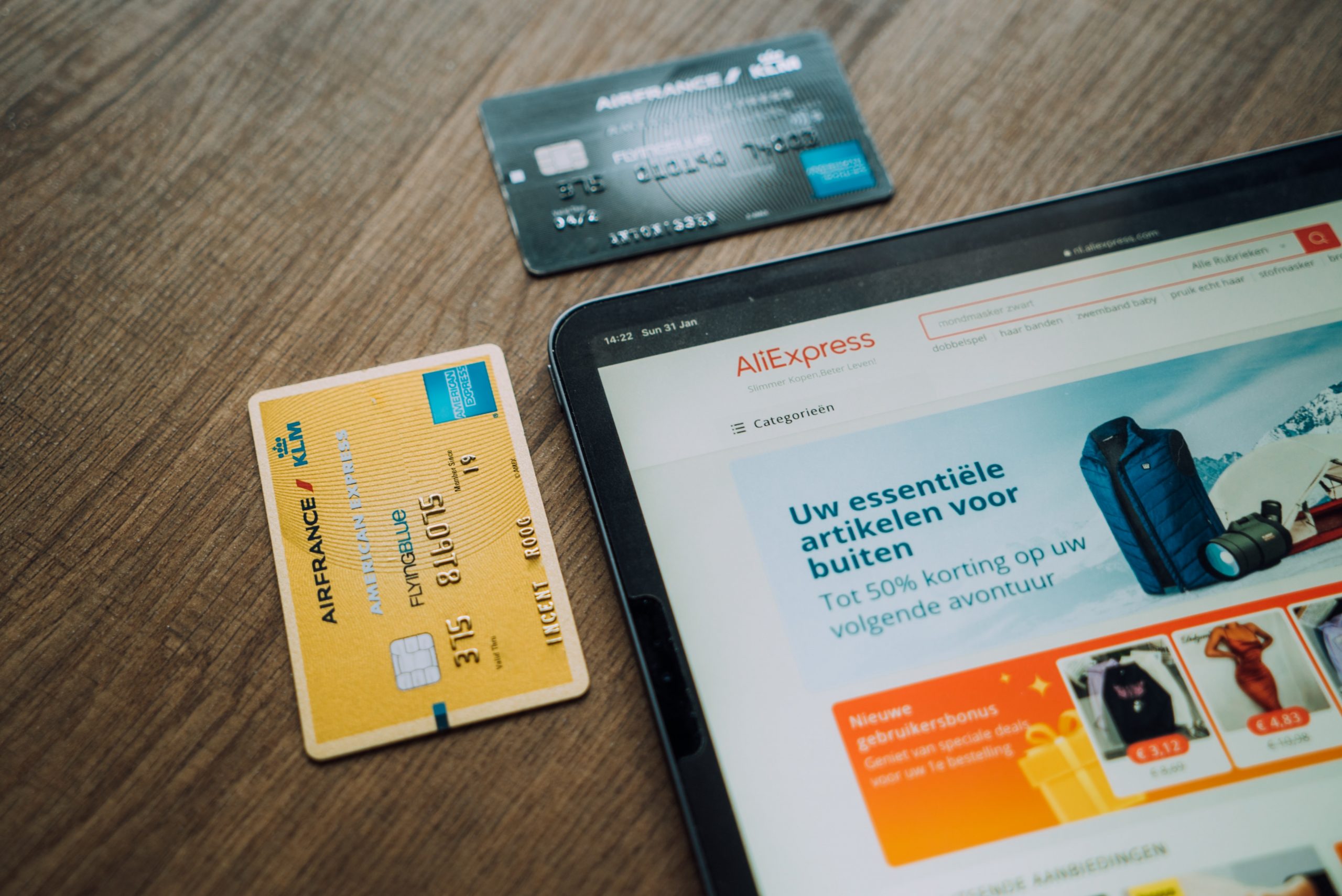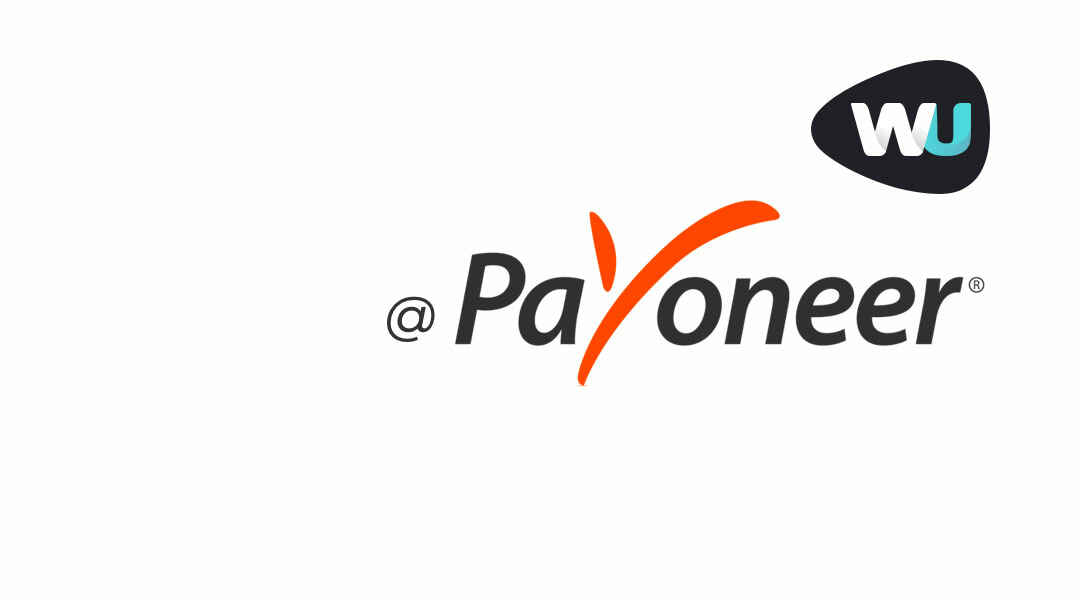Meditation apps have become increasingly popular in recent years, as people turn to technology to help them find peace and calm in their busy lives. If you’re considering developing a meditation app, it’s important to understand the costs involved. In this article, we will break down the key factors that influence the cost of developing a meditation app and provide insights on how to reduce those costs. We will also discuss the return on investment for a meditation app and explore potential revenue streams. From our experience at WeSoftYou, a software development company with a proven track record, we have observed that meditation apps can be a lucrative venture. However, it’s essential to have a clear understanding of the development process and the costs involved before embarking on this journey.
Understanding the Basics of a Meditation App
Defining a Meditation App
A meditation app is a digital tool that aims to guide users through meditation practices. It provides users with access to a wide range of meditation techniques, from guided sessions to ambient sounds and tranquil visuals. The app can be customized to suit the user’s preferences, offering different meditation lengths, themes, and goals. Some meditation apps also include features like progress tracking, reminders, and social sharing options.
Key Features of a Meditation App
To create a successful meditation app, it’s crucial to incorporate the right features. These features contribute to the overall user experience and can differentiate your app from competitors. Here are some key features to consider:
- Guided Meditations: High-quality audio recordings that lead users through meditation sessions.
- Customization Options: Allowing users to personalize their meditation experience, such as selecting themes, adjusting session lengths, and setting goals.
- Progress Tracking: Enabling users to track their meditation journey, set milestones, and view their statistics.
- Reminders and Notifications: Sending reminders to users to encourage regular meditation practice.
- Social Sharing: Allowing users to share their achievements and experiences on social media platforms.
Guided Meditations
One of the key features that sets meditation apps apart is the availability of high-quality guided meditations. These audio recordings are designed to lead users through their meditation sessions, providing them with guidance and support. Guided meditations can vary in length, style, and focus, catering to different preferences and goals. Some apps offer a variety of voices and meditation teachers to choose from, allowing users to find a voice that resonates with them.
Customization Options
Another important aspect of a meditation app is the ability to customize the meditation experience. Users should be able to select themes that align with their mood or intention, whether it’s relaxation, focus, or stress relief. Additionally, the app should allow users to adjust session lengths to fit their schedule and preferences. Some apps even offer options to set meditation goals, such as the number of sessions per week or the duration of each session, providing users with a sense of accomplishment and motivation.
Progress Tracking
Tracking progress is a valuable feature in a meditation app as it allows users to monitor their growth and development over time. By setting milestones and viewing statistics, users can see how their meditation practice has evolved, providing them with a sense of achievement and motivation to continue. Progress tracking can include metrics such as the number of sessions completed, total meditation time, and streaks of consecutive days practiced. This feature can help users stay committed to their meditation journey and celebrate their milestones along the way.
Reminders and Notifications
Consistency is key when it comes to meditation practice, and reminders and notifications play a crucial role in helping users establish a regular routine. A meditation app should have the option to send reminders at specific times or intervals, reminding users to take a moment for themselves and engage in their meditation practice. These reminders can be customized to fit the user’s schedule and preferences, ensuring that they never miss an opportunity to practice mindfulness and self-care.
Social Sharing
In today’s digital age, social sharing has become an integral part of many applications, including meditation apps. Allowing users to share their achievements and experiences on social media platforms can foster a sense of community and connection. Users can celebrate their progress, inspire others to start their meditation journey, and engage in discussions with like-minded individuals. Social sharing can also provide users with a platform to seek support and guidance from the meditation community, creating a supportive and encouraging environment.
The Development Process of a Meditation App

Developing a meditation app involves several stages that require careful planning and execution. From our experience, we have identified three main phases: planning and designing, coding and testing, and launching and marketing. Let’s delve deeper into each phase.
Planning and Designing
During the planning and designing phase, the focus is on understanding the target audience, researching market trends, and defining the app’s core features and functionality. A thorough analysis of user needs and preferences is essential in order to create a design that resonates with your target market. This phase also includes creating wireframes, user flow diagrams, and interactive prototypes to visualize the app’s structure and user interface.
When it comes to understanding the target audience, it is important to consider factors such as age, gender, and lifestyle. For example, if the app is targeting busy professionals, the design should be sleek and minimalist, with features that cater to their specific needs, such as guided meditations for stress relief during work breaks.
Market trends also play a crucial role in the planning and designing phase. By staying up-to-date with the latest trends in meditation and wellness, developers can ensure that their app offers unique and innovative features that set it apart from competitors. This could include features like personalized meditation recommendations based on the user’s mood or time of day.
Creating wireframes, user flow diagrams, and interactive prototypes is an important step in the planning and designing phase. These visual representations help developers and designers to better understand the app’s structure and user interface. They allow for early feedback and iteration, ensuring that the final design meets the needs and expectations of the target audience.
Coding and Testing
Coding and testing are crucial stages in app development. The app’s backend and frontend are developed during this phase, ensuring that all features are implemented correctly. Testing is performed to identify and fix any bugs or issues that may arise. Rigorous quality assurance processes, including functional testing, performance testing, and user acceptance testing, are conducted to ensure a seamless user experience.
When it comes to coding, developers use programming languages such as Swift for iOS apps and Java or Kotlin for Android apps. They also utilize frameworks and libraries to streamline the development process and enhance the app’s functionality. For example, developers may use a library like Alamofire for handling network requests or a framework like React Native for building cross-platform apps.
Testing is an integral part of the coding and testing phase. It involves running the app on different devices and platforms to ensure compatibility and functionality. Developers also conduct user testing to gather feedback and make necessary improvements. This feedback loop helps to refine the app and address any usability issues that may arise.
Launching and Marketing
Once the app development and testing phases are complete, it’s time to launch the app. This involves submitting the app to the relevant app stores, such as Apple’s App Store and Google Play. App store optimization techniques, such as keyword research and app descriptions, play a crucial role in improving the app’s visibility and discoverability. Additionally, marketing efforts, such as social media campaigns, influencer partnerships, and content marketing, are essential to drive app downloads and generate user engagement.
Submitting the app to app stores requires developers to follow specific guidelines and requirements set by each platform. This includes providing necessary metadata, such as app name, description, and screenshots, as well as ensuring that the app meets all the necessary criteria for approval. Once the app is approved, it becomes available for download to users around the world.
App store optimization is an important aspect of launching an app. By conducting keyword research and optimizing the app’s description, developers can improve its visibility in search results. This increases the chances of users discovering and downloading the app. Additionally, developers can leverage social media platforms and influencer partnerships to create buzz around the app and generate user interest.
Content marketing is another effective strategy for promoting a meditation app. Developers can create blog posts, videos, or podcasts that provide valuable information and tips related to meditation and mindfulness. By sharing this content on various platforms, developers can establish themselves as thought leaders in the industry and attract a loyal user base.
In conclusion, the development process of a meditation app involves careful planning and execution across multiple phases. From understanding the target audience and designing a user-friendly interface to coding and testing the app’s functionality, each phase plays a crucial role in creating a successful app. By following a systematic approach and incorporating effective marketing strategies, developers can ensure that their meditation app stands out in a competitive market.
Factors Influencing the Cost of Developing a Meditation App
The cost of developing a meditation app can vary significantly based on several factors. It’s important to consider these factors when estimating the budget for your app development project.
Complexity of the App
The complexity of the app is a significant determinant of development costs. The more features and functionalities you want to incorporate into the app, the higher the complexity and, consequently, the cost. The complexity can range from a basic meditation app with guided meditations and minimal customization options to a more advanced app with features like progress tracking, reminders, and social sharing capabilities.
For instance, a basic meditation app may offer a selection of guided meditations for different purposes, such as stress relief, better sleep, or improved focus. It may also include a timer feature to allow users to set their meditation duration. However, an advanced meditation app may go beyond these basic features and offer personalized recommendations based on user preferences and goals. It may also integrate with wearable devices to track biometric data during meditation sessions, providing users with detailed insights and progress reports.
Additionally, the design complexity of the app can also impact development costs. A simple and minimalistic design may require less time and effort to implement, resulting in lower costs. On the other hand, a more intricate and visually appealing design may require additional resources, increasing the overall development expenses.
Platform Choice
Choosing the right platform for your meditation app is another crucial decision that impacts development costs. Developing for both iOS and Android platforms will require more resources and, consequently, increase the overall cost. However, targeting a specific platform, based on user preferences and market share, can help optimize development costs and ensure a better user experience.
When deciding on the platform, it’s essential to consider the target audience and their device preferences. If your target audience primarily uses iOS devices, focusing on iOS development may be more cost-effective. On the other hand, if your target audience is more diverse and uses a mix of iOS and Android devices, investing in cross-platform development may be necessary to reach a wider user base.
Furthermore, the choice between native and hybrid app development can also impact costs. Native app development involves building separate apps for each platform, providing a more optimized user experience but requiring additional development efforts. On the other hand, hybrid app development allows for code reuse across platforms, reducing development time and costs. However, hybrid apps may not always offer the same level of performance and native functionality as their native counterparts.
Location of the Development Team
The geographical location of the development team can also influence development costs. Hiring a local team in countries with higher labor costs, such as the United States or Australia, may result in higher development expenses. On the other hand, outsourcing development to countries with lower labor costs, like India or Ukraine, can significantly reduce development costs without compromising quality.
When considering outsourcing, it’s crucial to find a reliable and experienced development partner. WeSoftYou, for example, offers cost-effective software development solutions without compromising quality, making us an ideal partner for your meditation app project. Our team of skilled developers, designers, and project managers can ensure the successful delivery of your app, meeting your requirements and budget.
Moreover, working with an offshore development team can provide additional benefits besides cost savings. It allows for round-the-clock development, leveraging time zone differences to accelerate project timelines. It also provides access to a diverse talent pool, enabling you to tap into specialized skills and expertise that may not be readily available locally.
In conclusion, the cost of developing a meditation app is influenced by various factors, including the complexity of the app, platform choice, and location of the development team. By carefully considering these factors and making informed decisions, you can optimize development costs while delivering a high-quality meditation app that meets the needs of your target audience.
Breakdown of the Cost to Develop a Meditation App
To understand the cost breakdown of developing a meditation app, we need to consider various components involved in the development process. Here are the key cost factors to consider:
Cost of App Design
The cost of app design includes creating wireframes, user interface design, and creating visual assets such as icons and illustrations. Hiring experienced designers can ensure a visually appealing and user-friendly app design. The complexity of the design and the number of screens required will influence the overall design cost.
When it comes to wireframes, designers will work closely with the development team to create a blueprint for the app’s layout and functionality. This involves mapping out each screen and determining how users will navigate through the app. It’s important to consider user experience (UX) principles to ensure a seamless and intuitive design.
Once the wireframes are finalized, designers will move on to the user interface (UI) design phase. This involves creating the visual elements of the app, such as buttons, menus, and color schemes. Designers will focus on creating a visually appealing and cohesive design that aligns with the app’s branding and target audience.
In addition to wireframes and UI design, designers will also create visual assets such as icons and illustrations. These elements add visual interest and help users navigate through the app. Designers will carefully craft each asset to ensure it aligns with the overall design aesthetic and enhances the user experience.
Cost of App Functionality
The cost of developing app functionality includes backend and frontend development, implementing features like guided meditations, customization options, progress tracking, and reminders. The complexity and number of features will directly impact the development cost.
Backend development involves creating the server-side logic and database structure that powers the app. This includes setting up user authentication, managing user data, and integrating third-party APIs for features like payment processing or social media sharing. Skilled backend developers will ensure the app’s functionality is robust, secure, and scalable.
Frontend development focuses on creating the user-facing side of the app. This involves writing code in programming languages like HTML, CSS, and JavaScript to bring the app’s design to life. Frontend developers will implement the features outlined in the wireframes and UI design, ensuring they function smoothly and provide a seamless user experience.
Implementing features like guided meditations, customization options, progress tracking, and reminders requires careful planning and development. Guided meditations, for example, may involve integrating audio or video playback functionality, while customization options may require creating settings menus and allowing users to personalize their meditation experience. Progress tracking and reminders will require implementing algorithms and notifications to keep users engaged and motivated.
Cost of App Maintenance
App maintenance is an ongoing expense that should not be overlooked. It includes regular updates, bug fixes, and improvements to ensure the app remains functional and compatible with the latest operating systems and devices. Proper maintenance is vital to retain user satisfaction and engagement.
Regular updates are necessary to address any bugs or issues that may arise after the app’s initial release. This includes fixing crashes, resolving compatibility issues, and addressing user feedback. Updates may also include adding new features or improving existing ones based on user needs and market trends.
Bug fixes are essential to ensure the app runs smoothly and without any glitches. This involves identifying and resolving any issues that may affect the app’s performance or user experience. Skilled developers will conduct thorough testing and debugging to ensure the app is stable and reliable.
Improvements to the app may include optimizing performance, enhancing security measures, or incorporating new technologies to stay ahead of the competition. App maintenance also involves monitoring user feedback and analytics to identify areas for improvement and make data-driven decisions.
Ways to Reduce the Cost of Meditation App Development
While developing a meditation app can be a substantial investment, there are strategies to reduce costs without compromising quality. Consider the following approaches:
Using Pre-built Solutions
Leveraging pre-built solutions or open-source frameworks can significantly reduce development time and costs. These solutions offer ready-made components and functionalities that can be customized to fit your app’s requirements. This approach can be particularly effective for standard features like audio playback or progress tracking.
Outsourcing Development
Outsourcing development to a reliable software development company like WeSoftYou can help streamline the development process and reduce costs. By leveraging the expertise of experienced developers, you can ensure high-quality development without the burden of hiring and managing an in-house team. Outsourcing also enables you to save on overhead costs associated with infrastructure and equipment.
Prioritizing Essential Features
To optimize development costs, prioritize essential features that are crucial to the core functionality and user experience of the app. By focusing on must-have features initially, you can launch the app faster and gather user feedback. This iterative approach allows you to gradually enhance the app with additional features based on user feedback and demand.
The Return on Investment for a Meditation App
A well-developed and well-marketed meditation app has the potential for a profitable return on investment. However, success depends on various factors, including monetization strategies and understanding the market demand.
Monetization Strategies for Meditation Apps
There are several monetization strategies to consider when planning your meditation app. These include offering a freemium model, where the app is free to download with optional in-app purchases for additional content or features. Another option is a subscription model, where users pay a recurring fee to access premium content and features. Additionally, in-app advertising and partnerships can generate additional revenue streams.
Understanding the Market Demand
Before embarking on developing a meditation app, it’s essential to evaluate the market demand. Research the competition, analyze user reviews, and identify gaps in the existing offerings. Conducting market research and understanding user preferences can help tailor your app to meet the specific needs of your target audience, increasing its chances of success.
In conclusion, developing a meditation app can be a rewarding venture both financially and personally. However, it’s important to consider the costs involved and take a strategic approach to maximize your return on investment. With the right development team and proper planning, you can create a meditation app that stands out in the market and helps users find peace and tranquility. If you’re ready to embark on this journey, don’t hesitate to contact WeSoftYou for a free consultation or project estimation. We have the expertise and experience to bring your meditation app idea to life and ensure its success.
FAQ
The time required to develop a meditation app can vary depending on factors such as complexity, features, and platform choice. On average, it can take anywhere from three to six months for the development process, including design, coding, and testing.
Yes, it is possible to update and add new features to your meditation app after launch. In fact, continuous improvement and updates are essential to keep your app competitive and meet the changing needs of your users.
There are several monetization strategies for meditation apps, including freemium models, subscription models, in-app advertising, and partnerships. The choice of monetization strategy depends on your app’s target audience and the value you provide to users.
At WeSoftYou, we have extensive experience in software development and have successfully delivered numerous projects for clients worldwide. Our team of skilled developers and designers will work closely with you to understand your vision and create a meditation app that exceeds your expectations. Contact us today for a free consultation or project estimation.




















